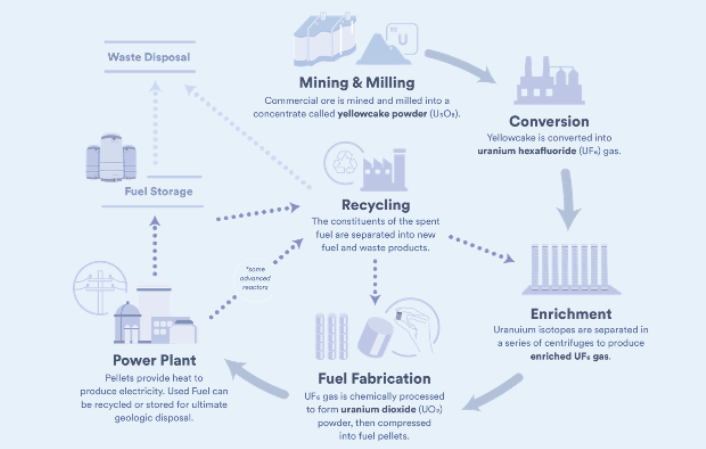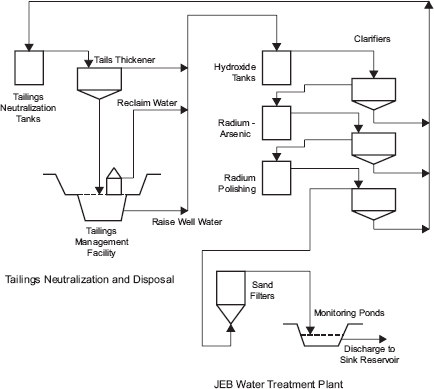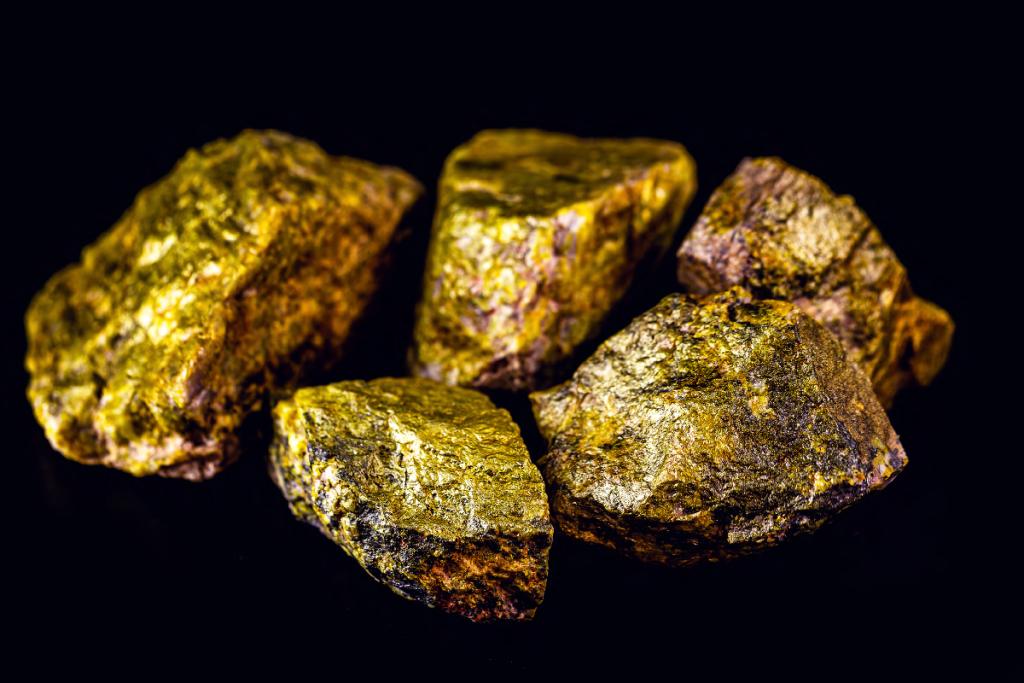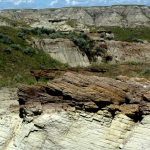The Impact of Fossils and Rock Formation

Fossils are the remains of prehistoric organisms such as plants and animals. They are very important to fossil Scientists, and they can help them understand how rocks form.
The purpose of Zik Natural Resources discussing this piece is to explain how fossils are used to help us figure out the hidden secrets of the history of the earth.
Types and Importance of Fossils
There are many types of fossils, such as impression Fossils, Molds, casts, etc. Each type gives us a different picture of past settings and the steps that were taken to keep them safe.
- Impression fossils are fossilized markings that living things leave on soft surfaces like sandy particles or soil. These images tell us a lot about the shape and behavioral patterns of the living things that made them.
- Molds and Casts: A Mold can be made when an organism ruptures into smaller pieces and leaves an opening in the soil. If rocks fill this Mold, it will make a cast that keeps the shape of the original living thing.
Casts and Molds give a lot of knowledge about the structure and are often used to study old bone and shell fragments and various other hard things.
- Actual remnant: These are parts of living things that have been kept in the fossil record for thousands of years.
Things like teeth, bone structure, shells, and sometimes even delicate structures are included. Remains of actual living things are the only way, to be sure of what the environments were like in the past and how species originated.
Subscribe to www.zikresources.com for more valuable content.
The Value of Index Fossils as Earth’s Timekeeper
Index fossils are certain species or groups of creatures that lived for short amounts of time and are found all over the world. They are very useful for finding out how old rock layers are and connecting geological layers in different areas.
- Index fossils are very helpful because they were formed during certain times in Earth’s history, which are called biozones.
- Index fossils are usually species that were common and lived in a lot of different places at the same time. This therefore makes them very effective means to connect formations of rock from various parts of the world.
- Index fossils help geologists to link it with geological layers and figure out how old the rocks are, by comparing where index fossils are found in different sedimentary patterns.
Ensure to share this valuable information on your different social media platforms www.zikresources.com
The Importance of Fossils in the Environment
Environment Fossils do not only tell us about extinct animals and plants, but they also show us how landscapes and climates interacted in the past.
The marine fossils found in geological rocks, for example, can show that the area was once covered by an ocean or sea.
- Changes in the Environment: Fossils can also tell us about long-term changes in the environment and how development has responded to these changes.
- Biostratigraphy: Fossils are very important in biostratigraphy, which is the study of where fossilized organisms are found and how they are arranged in geological rocks.
The connection between layers of rock helps scientists figure out where rocks were deposited and how the sea level has changed over time.
In conclusion, fossils are very important because they record the environment and lives that existed in the past.
They help scientists put together the story of change and geological events that have changed the world we live in now.
Each type of fossil tells us something different about the temperature, environments, and processes of evolution that happened in the past.
For more information about Natural resources contact www.zikresources.com







